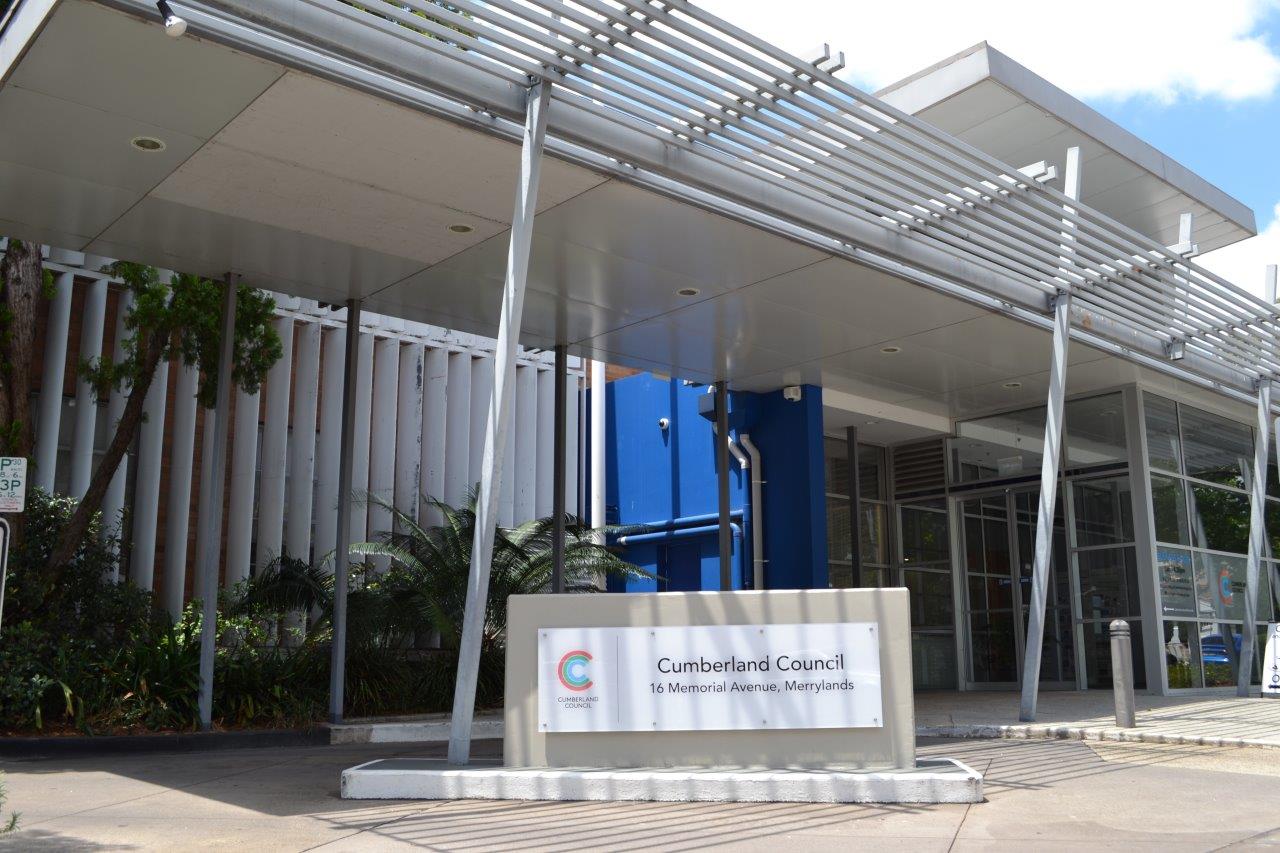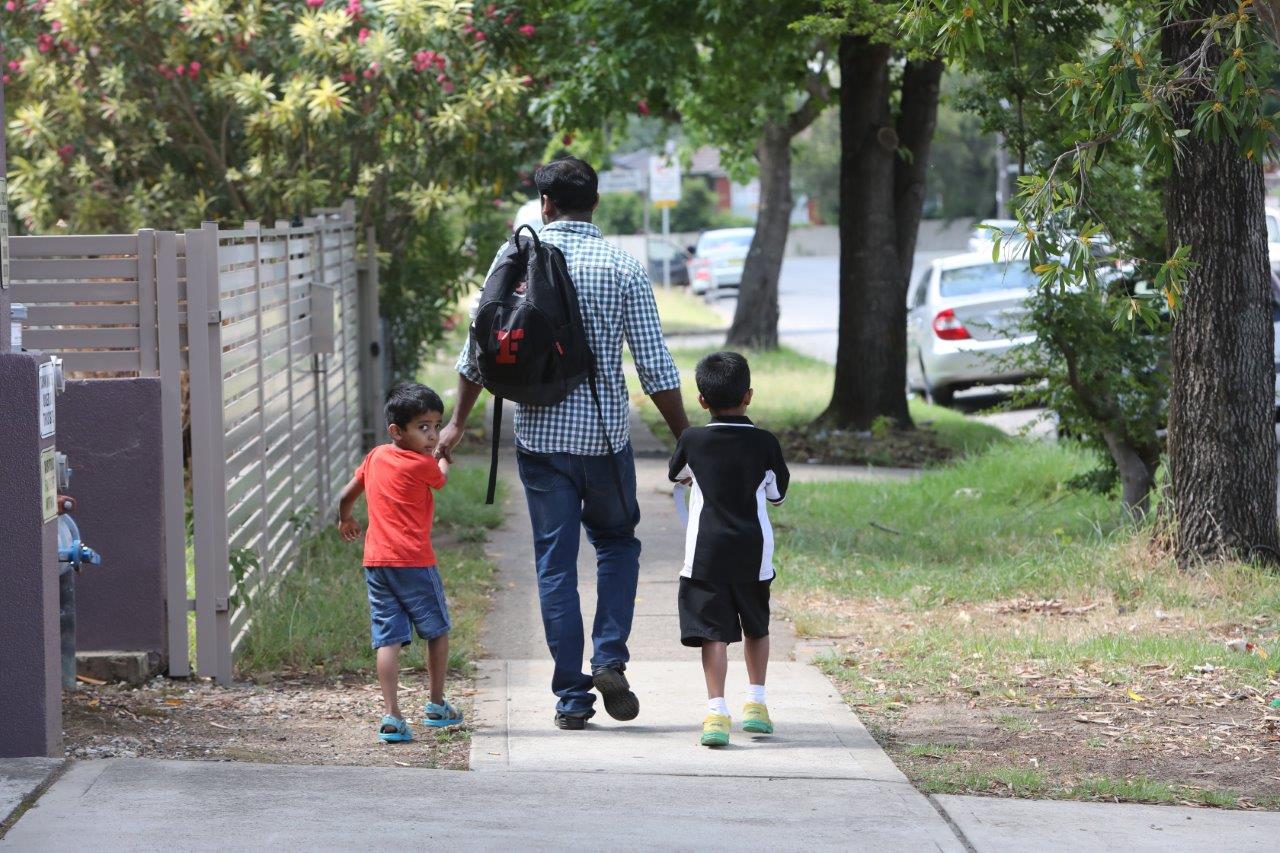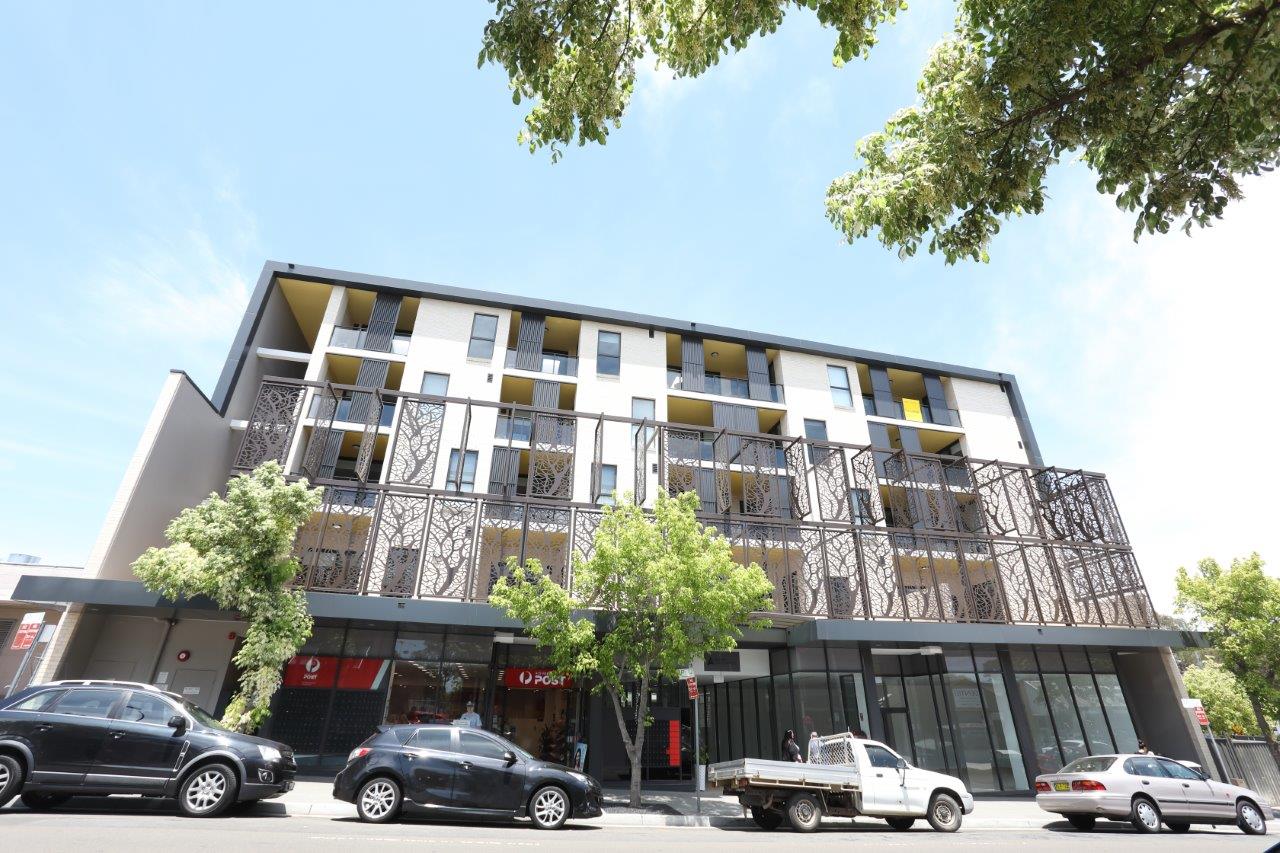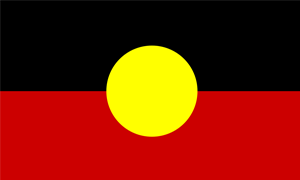The first contact with locals was recorded in 1788 during the exploration of the Parramatta and Duck Rivers. Lieutenant William Badley R. N. recorded this journey in his diary and the encounters with the Wangal group near Concord. On the same day, they navigated through Wategora territory along the Duck River where the second encounter took place near its junction with Mona Street in Auburn.
In 1793, the Europeans settled in the Auburn area, the first land grants were issued, and the area was named Liberty Plains because the newcomers where free settlers in a convict colony.
Development of Auburn began with the opening of a railway station in 1877, followed by the release of a subdivision called the Township of Auburn on 1 June 1878. Rookwood Railway Station opened the following year.
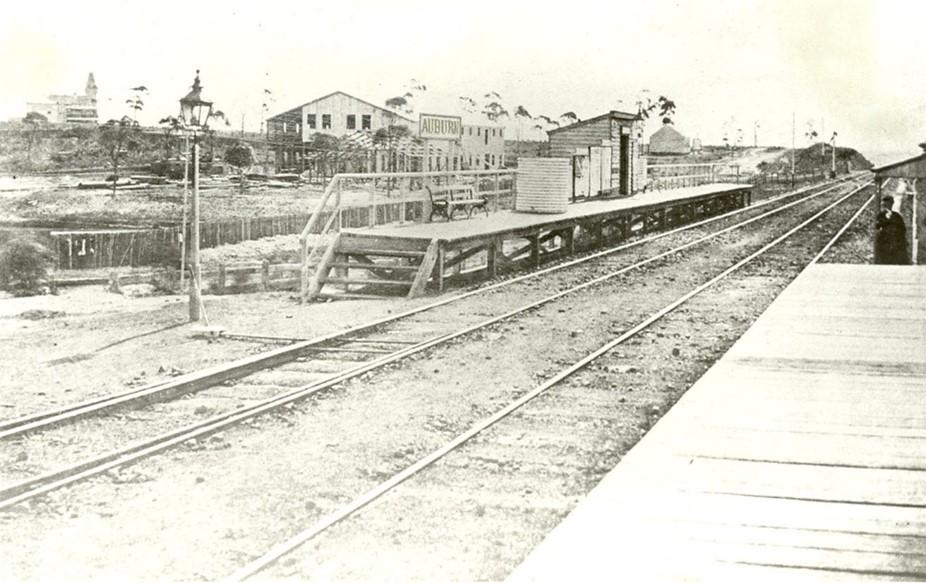
The suburb was named after an English village which featured in the 1770 poem ‘The Deserted Village’ by Oliver Goldsmith, which begins with the line, “Sweet Auburn, loveliest village of the plain.”.
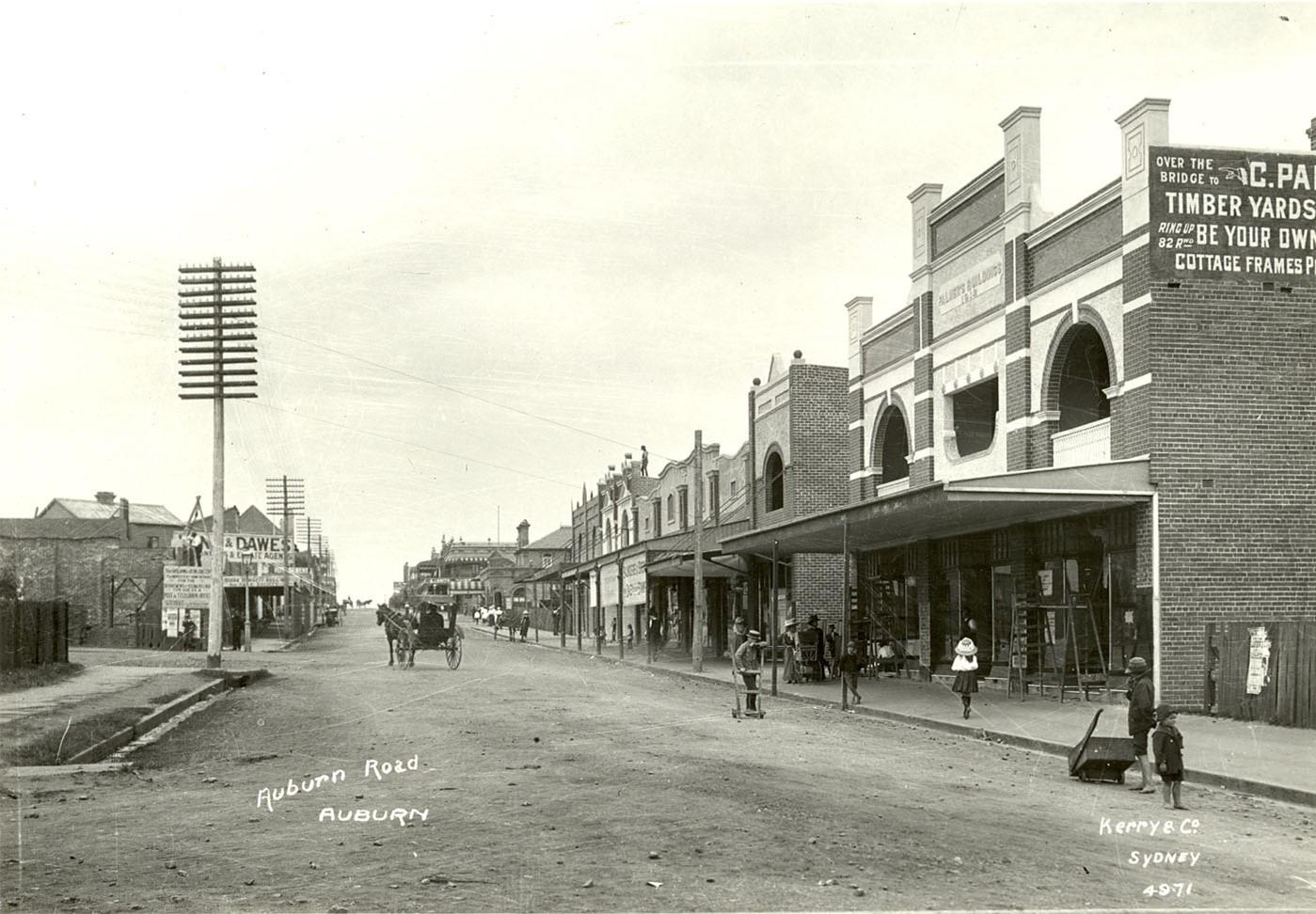
The main shopping and business district developed along the streets beside the railway station and the residential area developed beyond that with small farms on the outskirts and beside the river.
Auburn Public School opened in 1886, followed by Auburn North Public School in 1891.
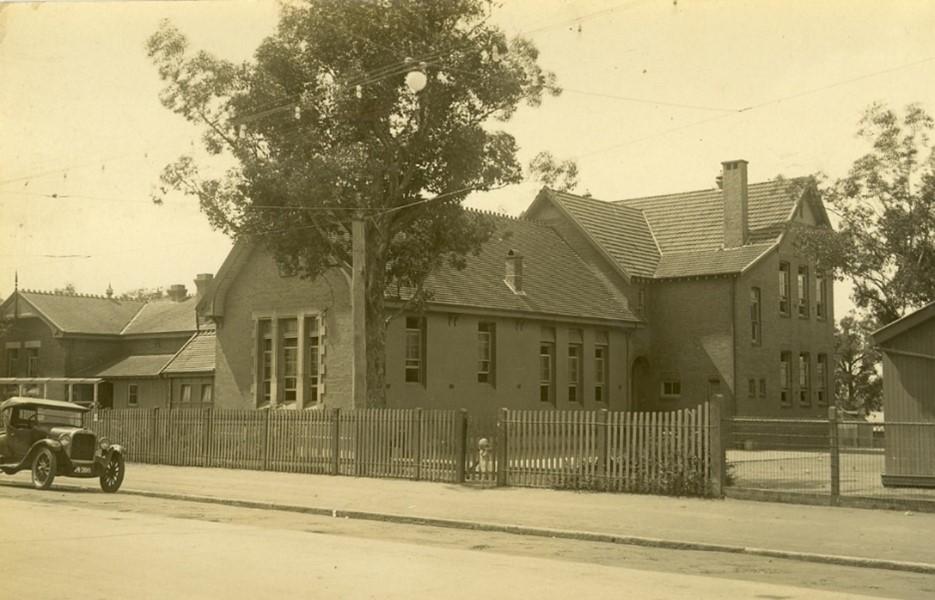
In 1892, The Royal Hotel opened in Auburn Road and Queen Street by Publican Charles Henry Curtis and then was sold to Tooths & Co in 1939. It closed in 1983 and demolished in 1985, on this site is now Auburn Central.
Auburn became a municipality in 1892 and the first Auburn Town Hall opened six years later at Auburn Road.
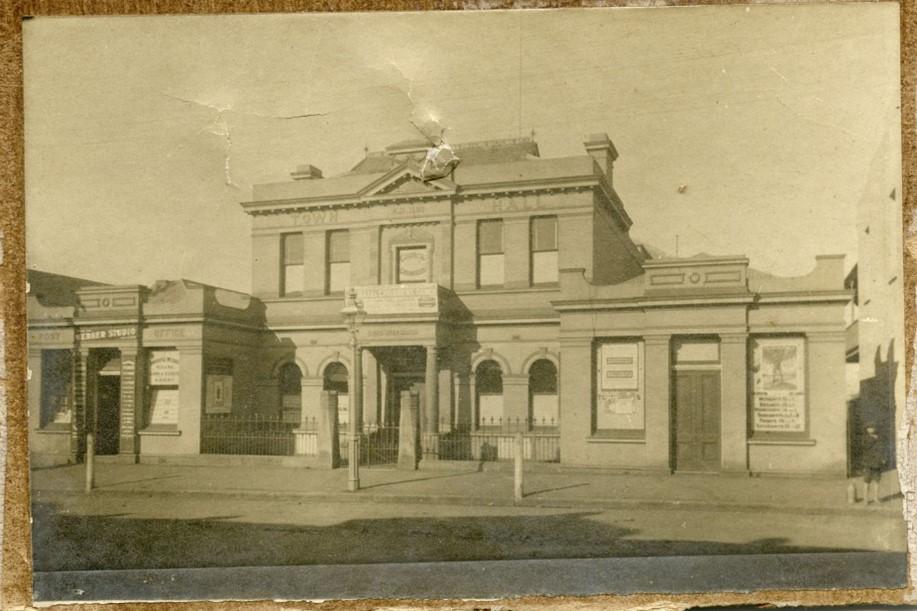
Auburn’s first park opened in 1897, the land was donated by John Rose Hutchinson Gibbons who was to become Mayor of Auburn from 1899-1901.
In 1883, John Buchanan a Timber Merchant, bought land in Mary Street on which he built Duncraggan Hall. This Hall was purchased by the Sisters of Charity and transformed into St Joseph’s Hospital.
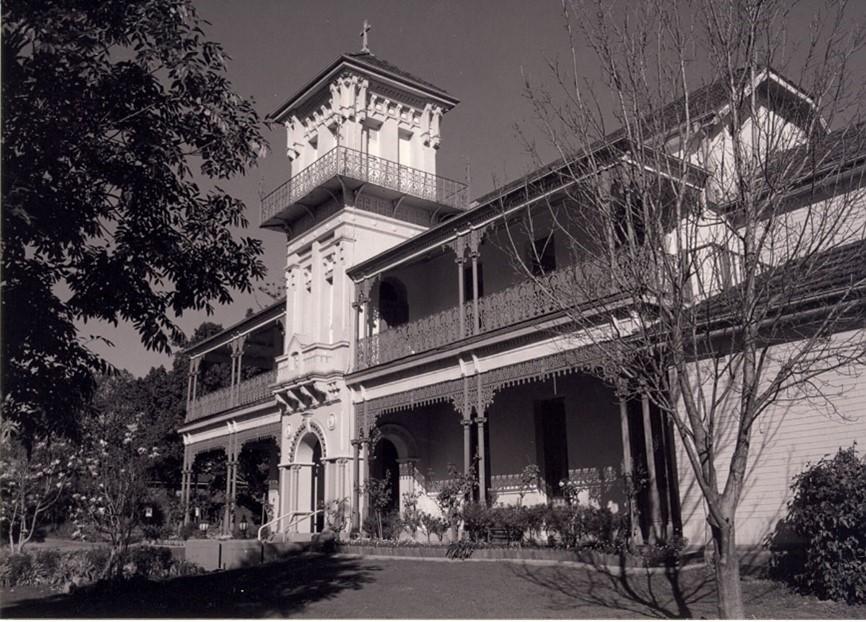
Auburn’s location on the main Western railway line beside Duck River with affordable and plentiful land led to its development as an industrial centre. Industries such as Henry Vale and Son’s (locomotives manufacturer), Babcock & Wilcox Boiler (manufacturers), Richie Bros carriage builders, as well as Mashman Bros Pottery (which merged with Royal Doulton in 1957), provided jobs which stimulated the development of the town and as a commercial centre.
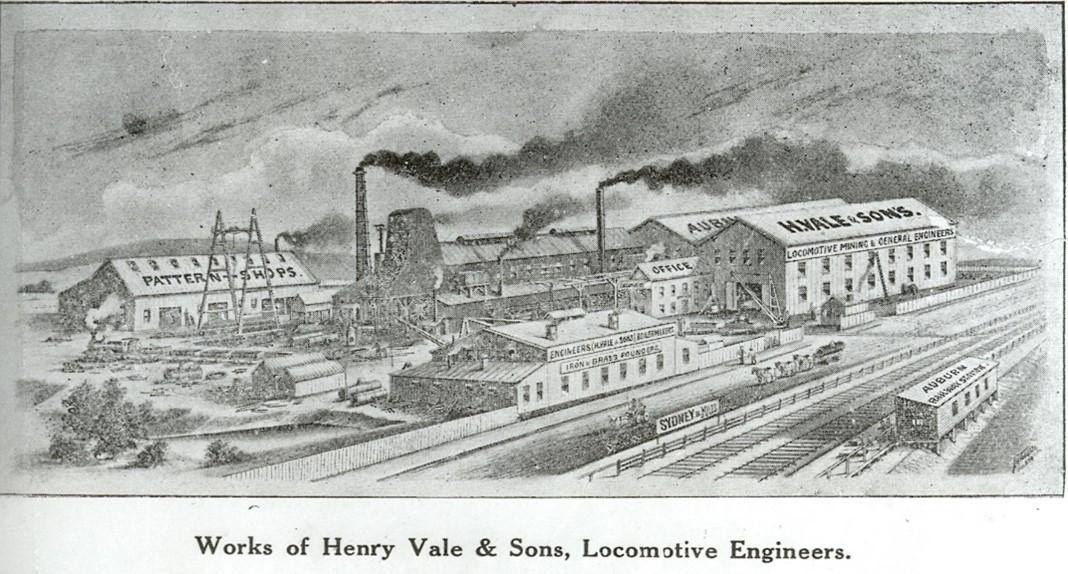
In 1910, Caldwell brothers (Felix and Norman) joined Henry Vale and Son’s and the company produced agricultural machinery. By 1916, the whole company was taken over by Purcell Engineering. This was the last significant industry in the area and it closed in 1972.
In 1913, the Auburn Post Office opened in the corner of Auburn Road and Kerr Parade, although it later moved to Auburn Central, the building still stands.
In 1913, the Queen’s Theatre opened in Queen Street, it was refurbished in 1920 but closed in 1934. Reopened again in 1937 as a cinema finally closing in 1958 and subsequently demolished.
In 1922, the Auburn War Memorial was unveiled by Major General Sir Charles Rosenthal and located in Railway Park.
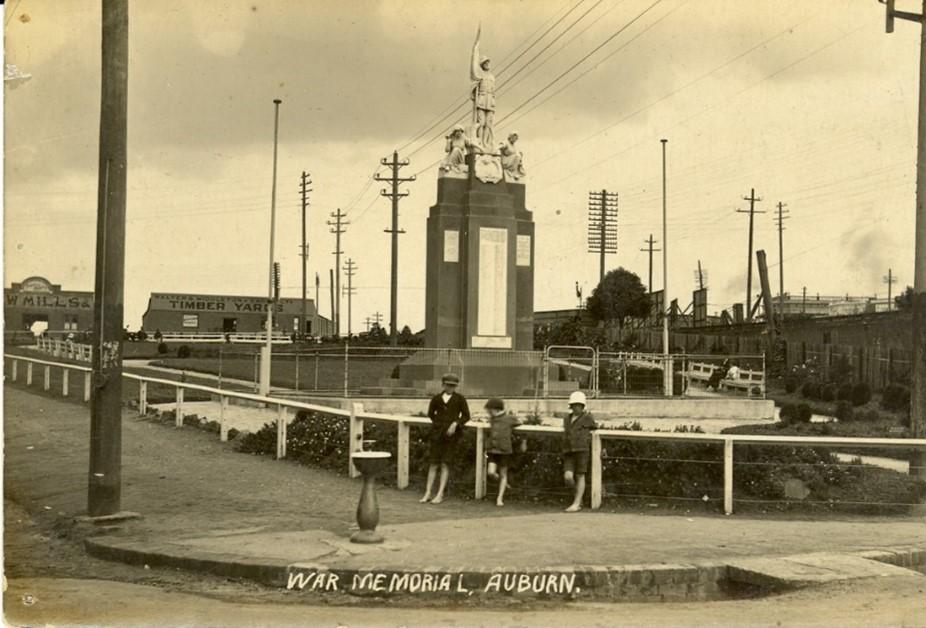
In 1931, the Auburn Ambulance Station opened in the corner of Queen Street and Harrow Road. It closed c.1996. The building was refurbished and is not a hotel.
The same year Gregory Keighery opened the ‘Keighery Hotel’ in the corner of Rawson Road and Station Street.
In 1934, the Civic Theatre opened on South Parade, this beautiful classical art deco style building had a capacity of 2,271 people. It closed in 1967 and was demolished in 1973.
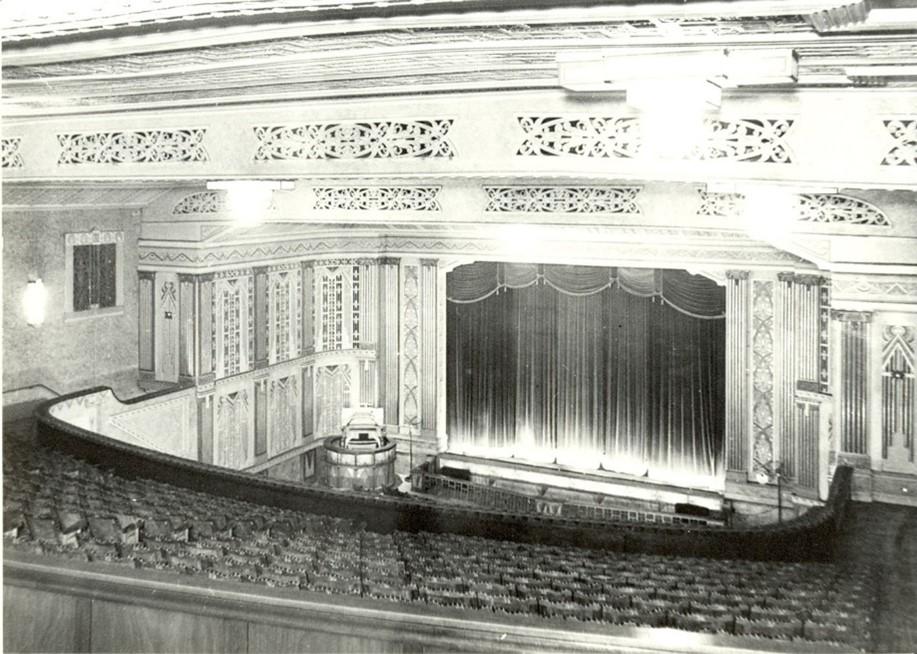
In 1942, the US Army Subsistence Depot was established on a 37-hectare site at Regents Park. After the War, this was transferred to the Royal Australian Air Force becoming the RAAF No.2 Supply Store. It closed in 1994.
In 1949, Auburn and Lidcombe Municipalities amalgamated due to Local Government amalgamations all around NSW. A new Auburn Municipal Council was formed and Auburn was chosen as the centre of operations.
A Coat of Arms was conceived after this amalgamation, taking as a base the Heraldic Shield of the Blaxland Family, Pioneer Settlers. It included representation of an Eastern Swamphen bird found in the Duck River, a shield that symbolises the early history of the settlements at Newington, Lidcombe, Auburn, and subsequent industrial development. Two Pegasus support the shield representing the importance of Auburn in the State services such as railways, Navy and Air Forces. And the motto “Liberty, with steady zeal”.
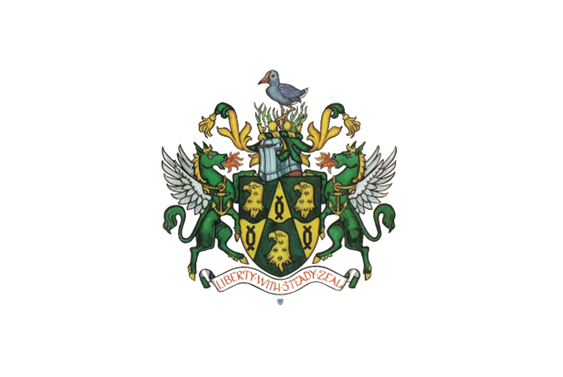
Auburn’s industrial expansion continued into the Post-war years. First waves of World War II (WWII) refugees produced demographical changes in Auburn and Lidcombe. Ukrainians, Lithuanians, and Polish conformed the first big groups refugee migrants to settle in the locality.
In 1951, the Duck River Open Space project began to remediate land and conditions, as a result, parklands, playfields, and general recreation places were planned.
In 1958, the foundation stone for St Andreas (St Andrews) Ukrainian War Memorial Church was laid, it was completed and blessed in 1961.
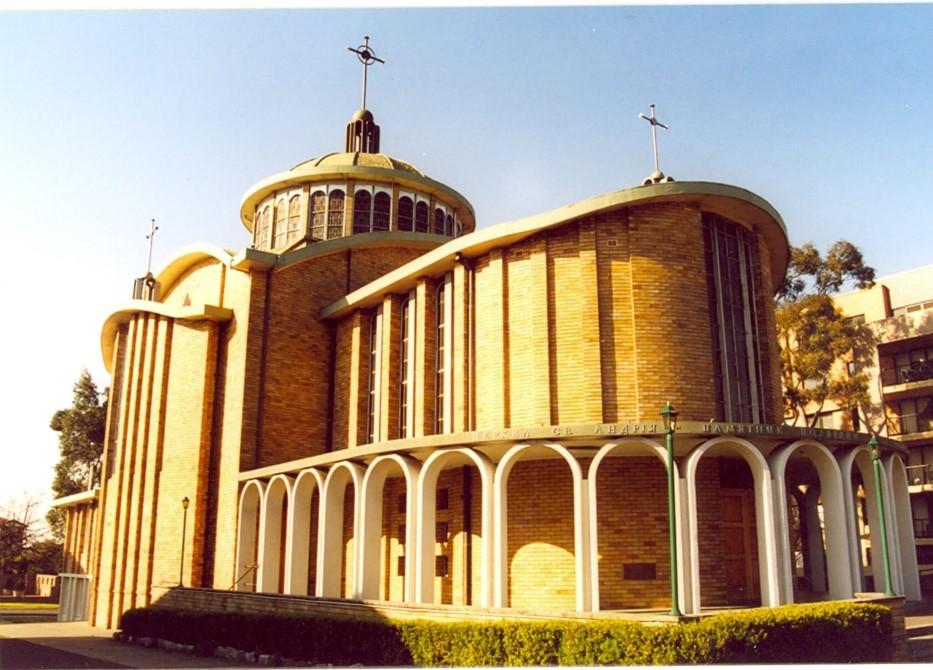
In 1959, the Auburn Municipal Golf Course opened. Auburn Swimming Centre opened in Wyatt Park and it was renamed ‘Ruth Everuss Aquatic Centre’ in honour of local Rome Olympics 1960, Silver Medallist who trained here.
In 1968, Turkish migrants make Auburn their home, transforming further Auburn’s multicultural community. In the 1970s-80s, a national decline of industry led to factory closures or relocations away from this area. Many old industrial sites have since been transformed into housing projects, shopping and commercial precincts or parkland.
In 1977, the Auburn Botanic Gardens opened with their beautiful Japanese gardens, which today is home of the Cherry Blossom Festival every year.
The Auburn Gallipoli Mosque was open for worship in 1979 in an old house adapted for this purpose. The current Mosque began construction in 1986, it opened in 1999 and has become a local landmark. Sri Mandir Temple opened in 1977 on Cumberland Road and was the first Hindu Temple in Australia
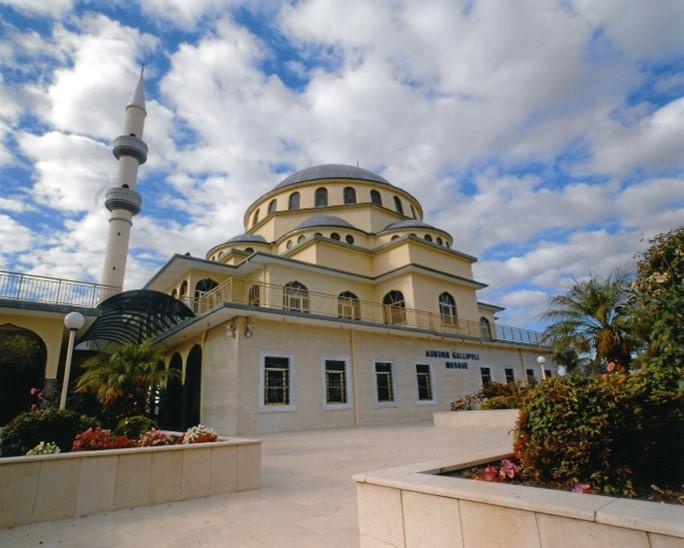
Auburn has experienced major cultural change over the past 50 years with successive waves of new migrants settling in the district from different parts of the world.
In 1998, the Al-Faisal College Islamic School opened at 149 Auburn Road, serving many local Muslim communities reflecting the diverse society at the time. This college has grown ever since and now is one of the biggest schools in the area.
The biggest changes in Auburn came with the Sydney 2000 Olympics, which as a host, transformed the city and major capital projects took place including the Auburn Civic Place Precinct which merged the Police Station, the Auburn Town Hall, and the Central Library.
In 2016, NSW Local Government amalgamations resulted in the creation of Cumberland City Council, merging Auburn and Holroyd Municipal Councils, parts of Granville and Woodville Wards of City of Parramatta Council.
Today Auburn is a vibrant multicultural place proud of its past and looking forward to the future.
